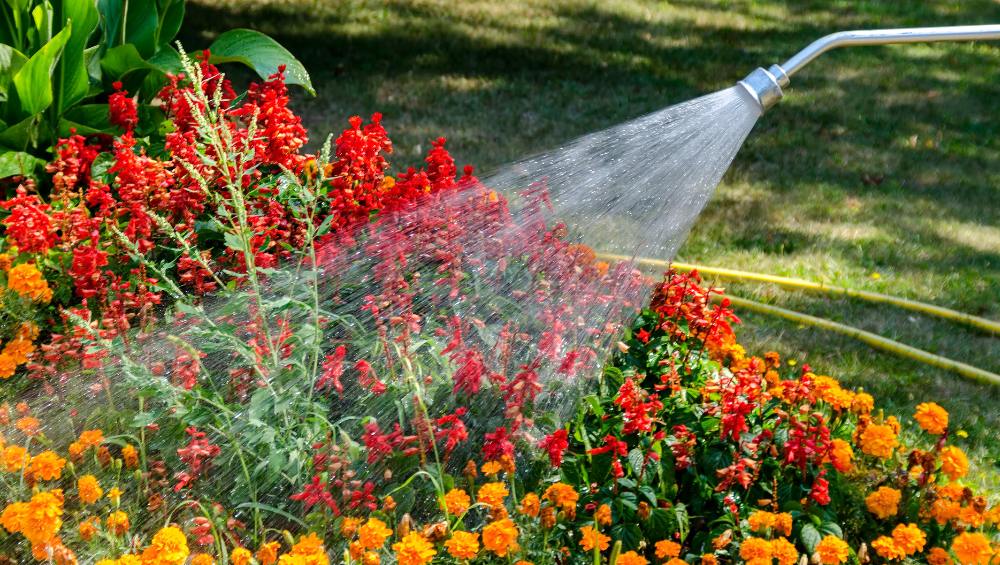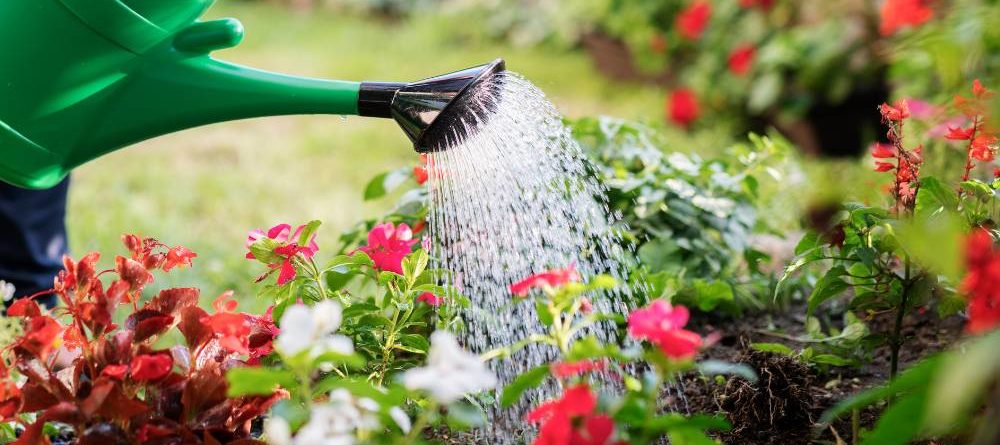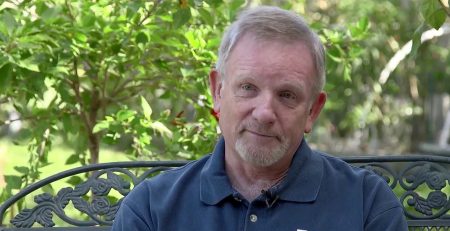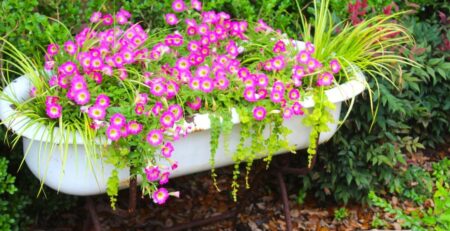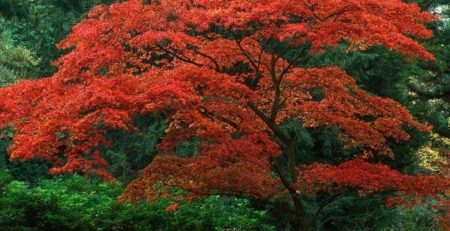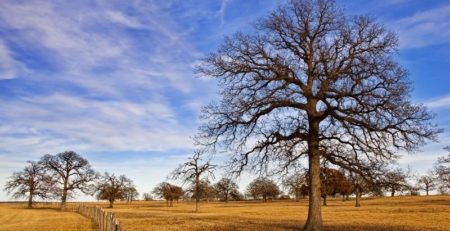Saving Water Now!
North Texas’ Current Situation
As the population of Texas continues to grow, Texas faces a more and more critical problem – how to provide sufficient drinking water for all our residents. And that is a need on top of all the other water needs we have like lawn maintenance, recreational use, and industrial needs.
Back in 2010, the State of Texas estimated it would take at least $90 billion to build the infrastructure needed to ensure Texas did not run out of water by 2050. No one has estimated the cost in today’s dollars, but it surely has increased due to inflation, population growth, and other factors. The 2010 proposal included:
- Building eight new lakes.
- Possibly purchasing water from Oklahoma and building pipelines to transport it to Dallas and Ft. Worth.
- Creating desalination plants to provide water for areas near the Gulf of Mexico, like Houston and San Antonio.
Even though North Texas received drought relief with generous rainfall this past fall, our area has now re-entered a dry period. Just imagine what will happen again this summer if these conditions persist!
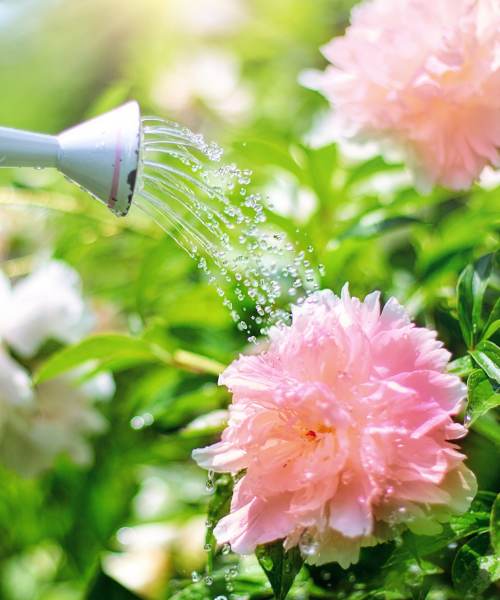

Our Challenge
How can we reduce our “water footprint?” Every Master Gardener and Master Naturalist will advise you to plant native and adaptive plants that are acclimated to handle the rigors of Texas weather. These plants are beneficial because they require less water, resist common diseases and pests, and do not need to be pampered. Beyond that, there are several simple things you can do to minimize your individual water usage:
- When old appliances need replacing, upgrade to water efficient appliances.
- Turn off faucets when doing simple things like brushing your teeth, washing your face, or rinsing that caked-on mess in your favorite casserole dish.
- Repair leaking faucets and toilets.
- Have your irrigation system checked and tuned. Many Dallas residents do not realize the City of Dallas provides inspectors who will test your irrigation system and provide you with a “punch” list for your sprinkler repair contractor – and it is FREE.
- Supplement your irrigation system with a rain water harvesting system. In 2012, the State of Texas passed a law that makes rain water harvesting purchases tax free. However, if you live within a Home Owners’ Association (HOA), you need to ensure you comply with any placement restrictions they or the City might impose.
An irrigation system can be simple or as complex as you choose to make it. For example, you could build a rain barrel yourself or buy one. Also, you could purchase a commercially available cistern to capture and store rainwater.
Look around your home and you will probably see many things you could do to reduce your “water footprint.”
